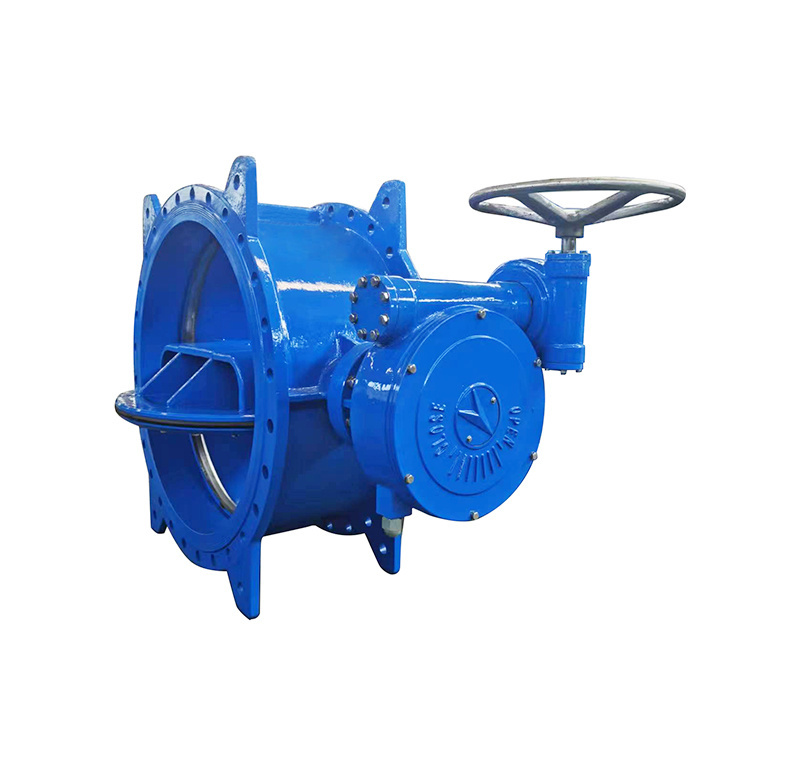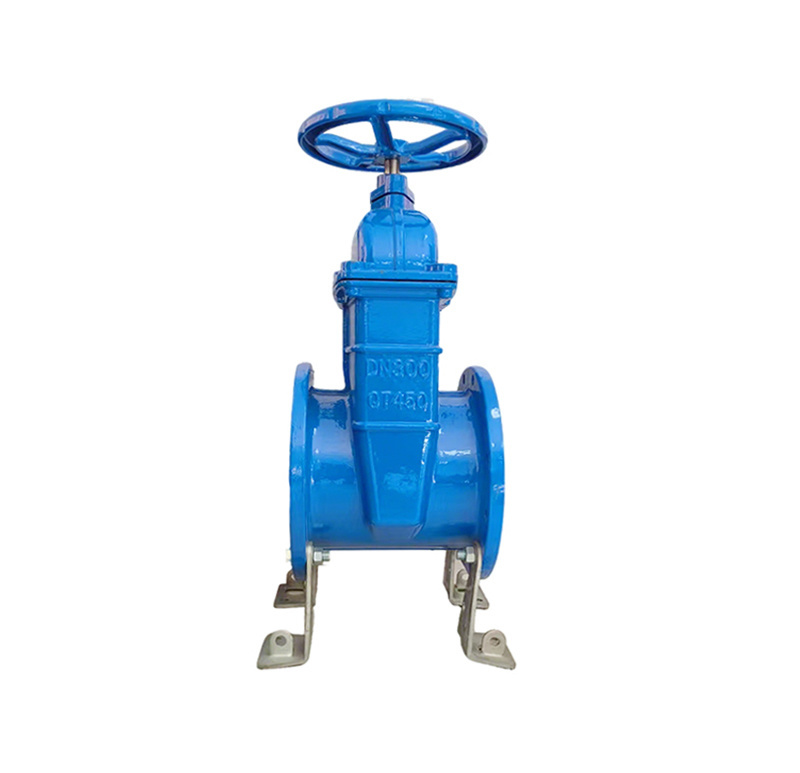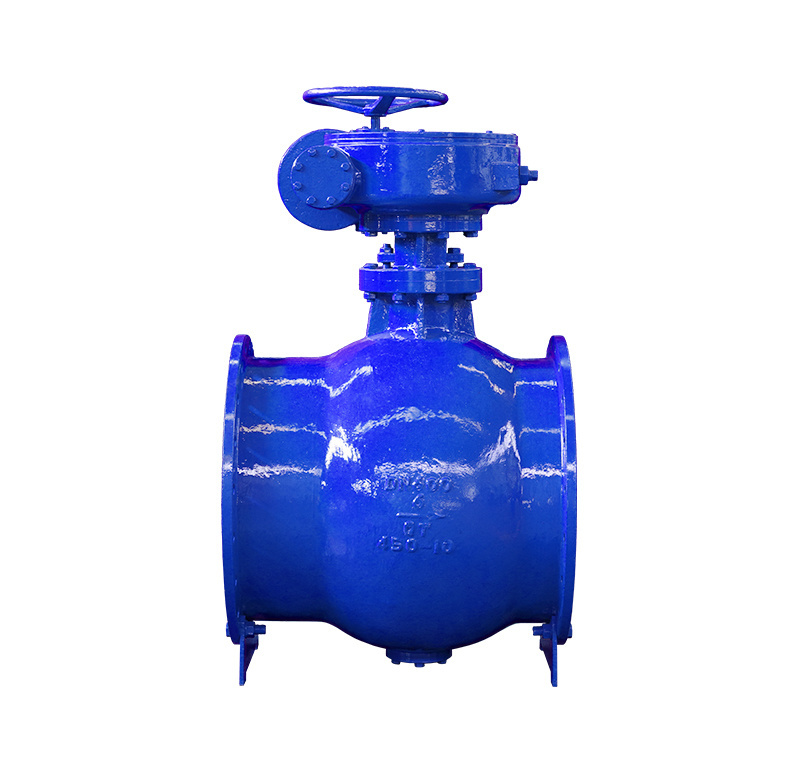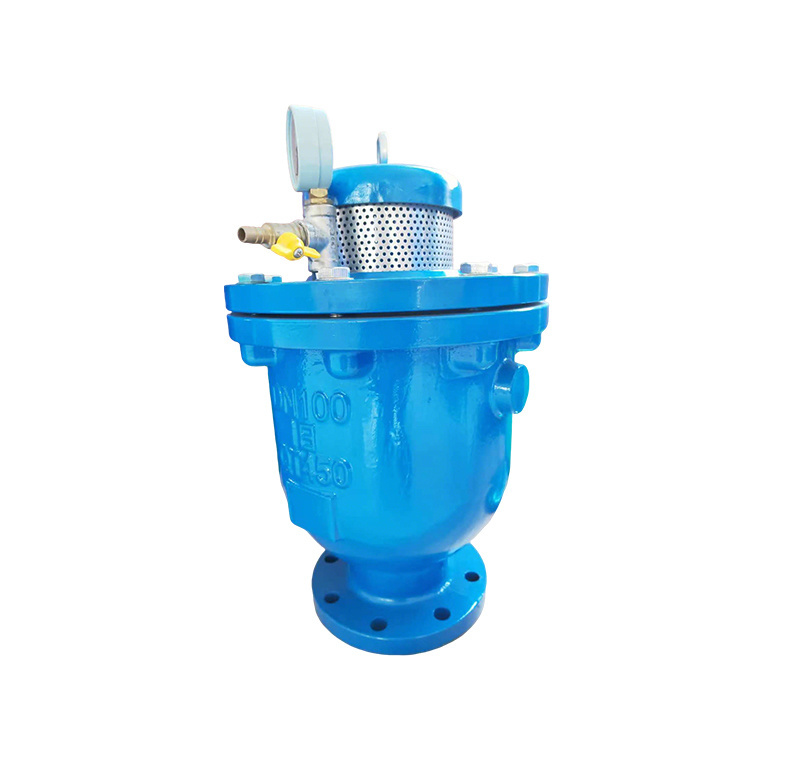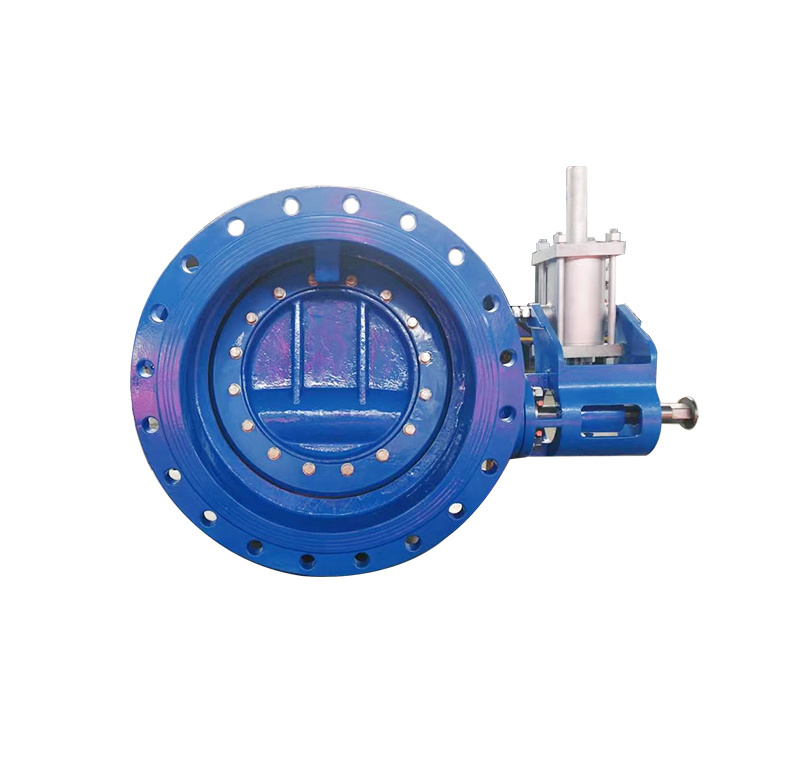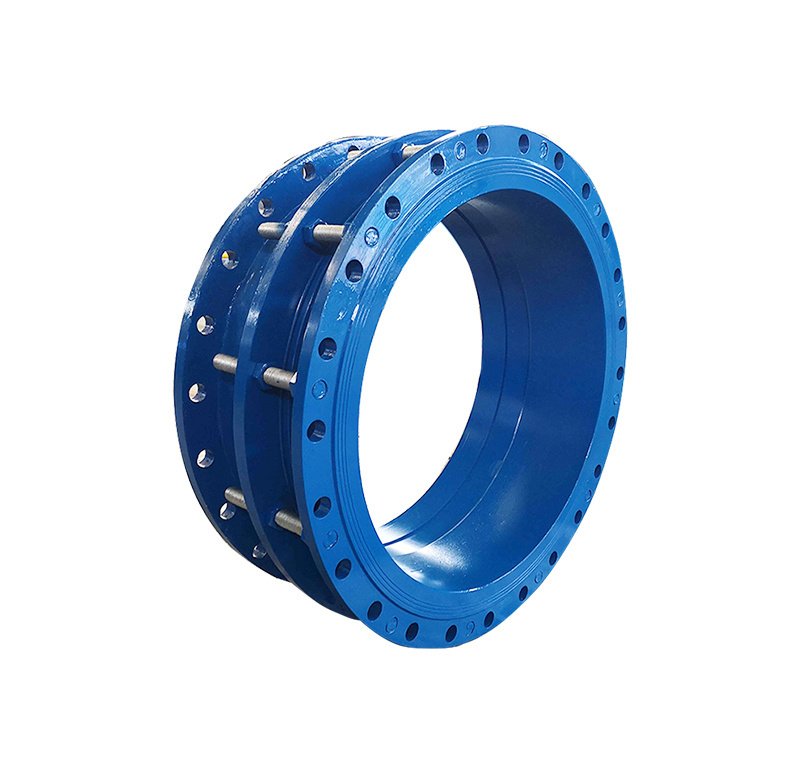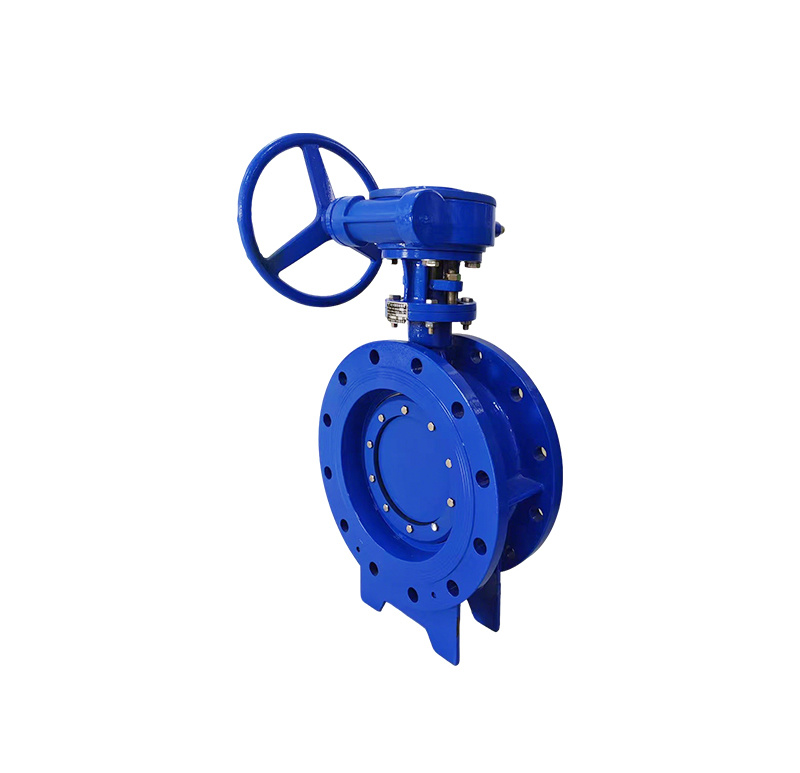The Top Benefits of Using Regulating Butterfly Valves in Your Systems
The Top Benefits of Using Regulating Butterfly Valves in Your Systems
Introduction to Regulating Butterfly Valves
In the realm of industrial equipment and components, **regulating butterfly valves** have emerged as a crucial element in fluid control systems. Their design and functionality make them suitable for various applications, ranging from water treatment to chemical processing. This art
The Top Benefits of Using Regulating Butterfly Valves in Your Systems
Introduction to Regulating Butterfly Valves
In the realm of industrial equipment and components, **regulating butterfly valves** have emerged as a crucial element in fluid control systems. Their design and functionality make them suitable for various applications, ranging from water treatment to chemical processing. This article delves into the numerous benefits of using regulating butterfly valves, focusing on how they can enhance efficiency, control, and overall system performance.
Understanding Butterfly Valves
Butterfly valves are quarter-turn valves that utilize a rotating disc to regulate the flow of liquids and gases within a system. Their simple yet effective mechanism allows for quick operation, making them a favored choice in many industries. The regulating version incorporates features that enable precise flow control, making them ideal for applications where maintaining specific flow rates is critical.
How Do Regulating Butterfly Valves Work?
Regulating butterfly valves operate by adjusting the position of the disc within the valve body. When the disc is turned, it either allows or restricts flow through the valve. The design provides minimal resistance, ensuring a smooth flow path. This characteristic is particularly advantageous in systems where pressure drops must be minimized.
Key Features of Regulating Butterfly Valves
Some of the notable features that enhance the performance of regulating butterfly valves include:
- **Compact Design:** Their small footprint makes them suitable for tight spaces.
- **Quick Operation:** The quarter-turn mechanism allows for rapid adjustments.
- **Low Pressure Drop:** They facilitate efficient flow with minimal resistance.
- **Versatile Materials:** Available in various materials to suit different media types.
Benefits of Using Regulating Butterfly Valves
1. Enhanced Flow Control
One of the primary advantages of **regulating butterfly valves** is their ability to provide **precise flow control**. Unlike other valve types that may restrict flow excessively, butterfly valves can be adjusted to maintain a desired flow rate, which is crucial for processes requiring accurate measurements.
2. Space Efficiency
In many industrial settings, space is at a premium. Regulating butterfly valves are designed to be compact, making them an ideal choice for systems with limited room. Their design allows for more efficient layout planning, which can lead to overall system optimization.
3. Cost-Effectiveness
When considering total cost of ownership, regulating butterfly valves often emerge as a more economical option. Their durability and low maintenance requirements translate to reduced operational costs over time. Additionally, their quick installation process minimizes labor expenses.
4. Versatility Across Industries
Regulating butterfly valves are suitable for a wide range of applications, including:
- **Water and Wastewater Treatment:** Managing flow rates effectively.
- **Chemical Processing:** Ensuring accurate handling of various chemicals.
- **HVAC Systems:** Regulating airflow in heating and cooling applications.
- **Food and Beverage Manufacturing:** Meeting sanitary standards while controlling flow.
5. Low Maintenance Requirements
The design of regulating butterfly valves contributes to their low maintenance needs. Fewer moving parts mean less wear and tear, leading to extended service life. Regular inspections and occasional lubrication are often sufficient to keep these valves functioning optimally.
6. Quick Response Times
The quarter-turn mechanism allows for rapid adjustments in flow control, enabling systems to respond quickly to changes in demand. This feature is particularly beneficial in dynamic environments where conditions can shift unexpectedly.
7. Compatibility with Automation
With the rise of smart manufacturing and automation, regulating butterfly valves can easily integrate into automated control systems. This compatibility enhances system efficiency by enabling real-time monitoring and adjustments, contributing to a more responsive operational framework.
Installation and Maintenance of Regulating Butterfly Valves
Installation Considerations
When installing regulating butterfly valves, it is essential to consider factors such as:
- **Orientation:** Ensure the valve is installed in the correct position for optimal performance.
- **Piping Alignment:** Proper alignment with existing piping is crucial to prevent leaks.
- **Pressure Ratings:** Select valves that match the system's pressure requirements.
Maintenance Best Practices
To ensure longevity and reliability, adhere to the following maintenance practices:
- **Regular Inspections:** Check for signs of wear, corrosion, or leakage.
- **Lubrication:** Maintain moving parts to ensure smooth operation.
- **Calibration:** Periodically calibrate the valve to ensure accurate flow regulation.
Common Applications of Regulating Butterfly Valves
1. Water Treatment Facilities
In water treatment facilities, regulating butterfly valves play a vital role in managing flow rates, ensuring that water is treated effectively before distribution.
2. Chemical Processing Plants
These valves are essential in chemical processing plants for handling corrosive substances and maintaining precise flow control, crucial for safety and efficiency.
3. HVAC Systems
In HVAC systems, regulating butterfly valves help manage airflow, contributing to energy efficiency and maintaining desired indoor climates.
4. Food and Beverage Production
In this sector, maintaining sanitary conditions is paramount. Regulating butterfly valves ensure that the flow of liquids meets hygiene standards while allowing for precise control.
Comparing Regulating Butterfly Valves to Other Valve Types
1. Globe Valves vs. Butterfly Valves
While globe valves offer better flow regulation in some scenarios, they can cause higher pressure drops. In contrast, regulating butterfly valves provide a more efficient flow path with lower resistance.
2. Ball Valves vs. Butterfly Valves
Ball valves are known for their tight sealing and quick operation. However, when it comes to throttling flow, butterfly valves outperform them due to their design, allowing for better control in various applications.
FAQs About Regulating Butterfly Valves
1. What materials are regulating butterfly valves made from?
Regulating butterfly valves are typically constructed from materials such as stainless steel, cast iron, and plastics, depending on the application and media being handled.
2. How do I choose the right regulating butterfly valve for my system?
Consider factors such as the flow rate, pressure rating, temperature, and the type of media when selecting a regulating butterfly valve for your system.
3. Are regulating butterfly valves suitable for high-pressure applications?
Yes, there are regulating butterfly valves designed to handle high-pressure applications. It’s essential to select a valve rated appropriately for the specific pressure conditions of your system.
4. Can regulating butterfly valves be automated?
Absolutely! Regulating butterfly valves can be integrated into automated control systems, allowing for real-time adjustments based on system demands.
5. What are the common issues that can arise with regulating butterfly valves?
Common issues include leakage, wear of the sealing surfaces, and difficulty in operation due to debris accumulation. Regular maintenance can help mitigate these problems.
Conclusion
In conclusion, the advantages of using **regulating butterfly valves** in industrial systems are manifold. From enhanced flow control and space efficiency to low maintenance requirements and versatility, these valves provide significant benefits across various applications. Their ability to integrate with modern automation systems further solidifies their importance in today's industrial landscape. By understanding and leveraging these benefits, businesses can optimize their systems for improved performance and cost-effectiveness. Adopting regulating butterfly valves is not just a choice; it’s a strategic decision for future-ready industrial operations.









